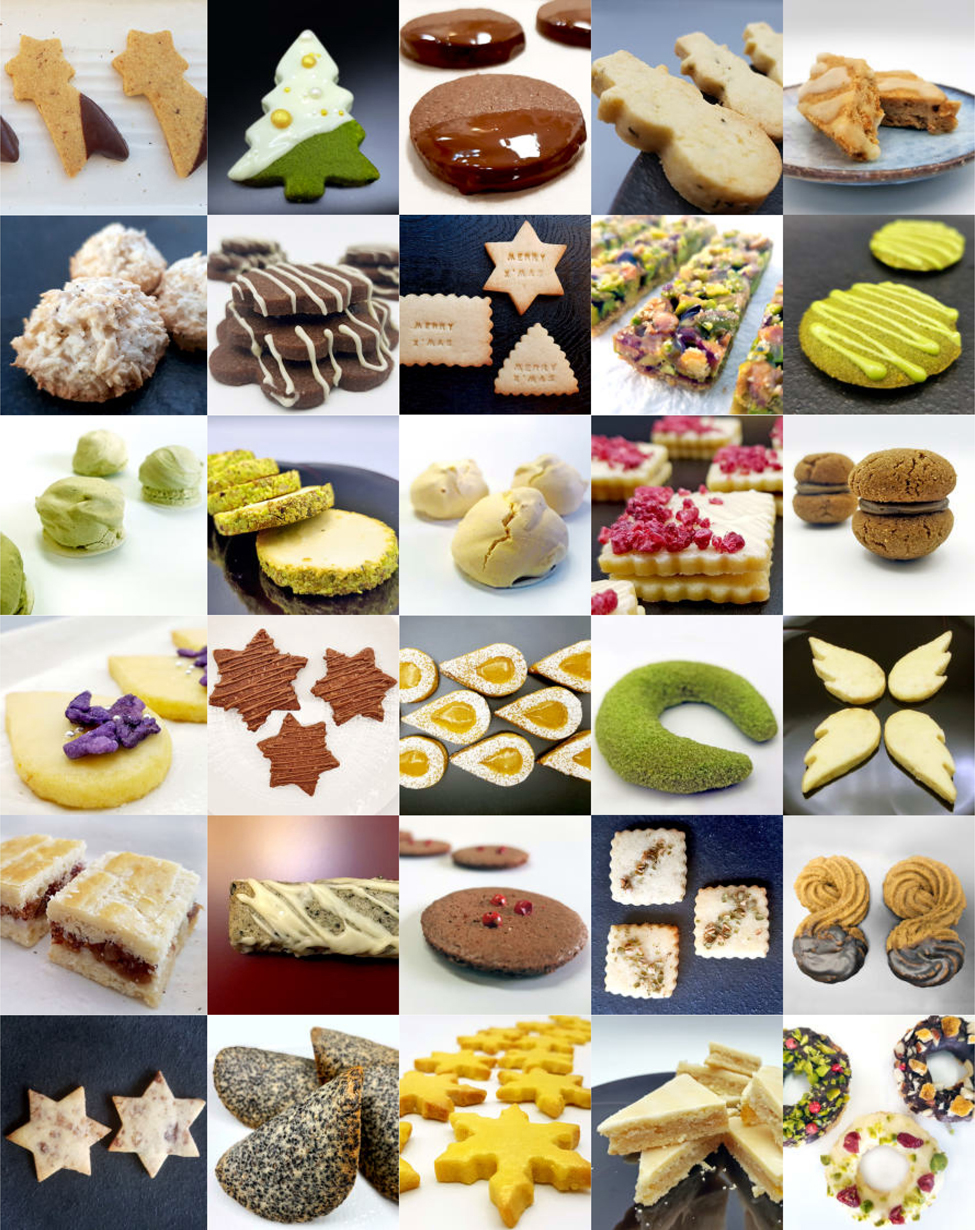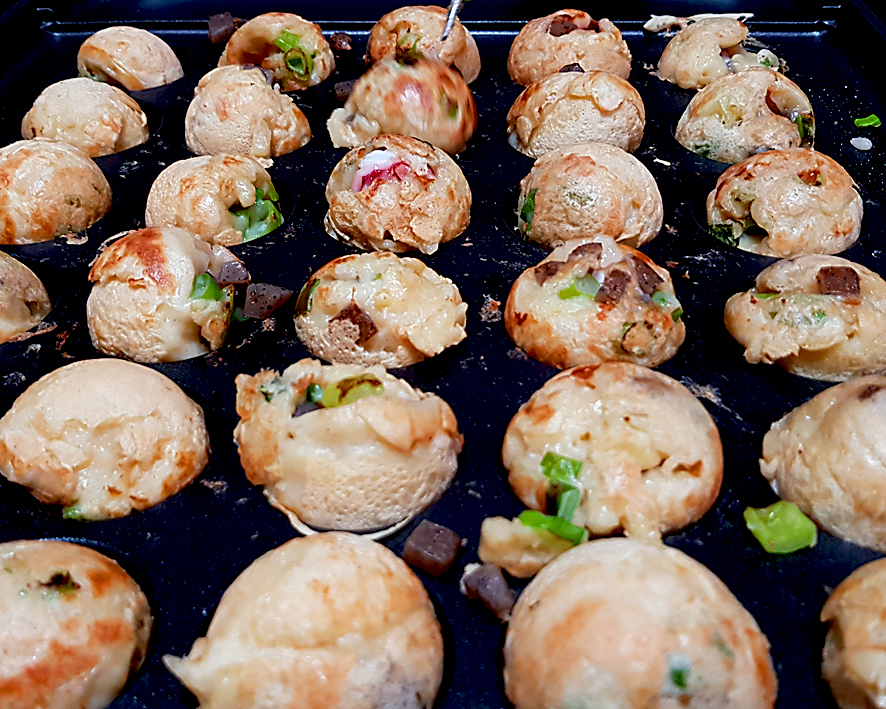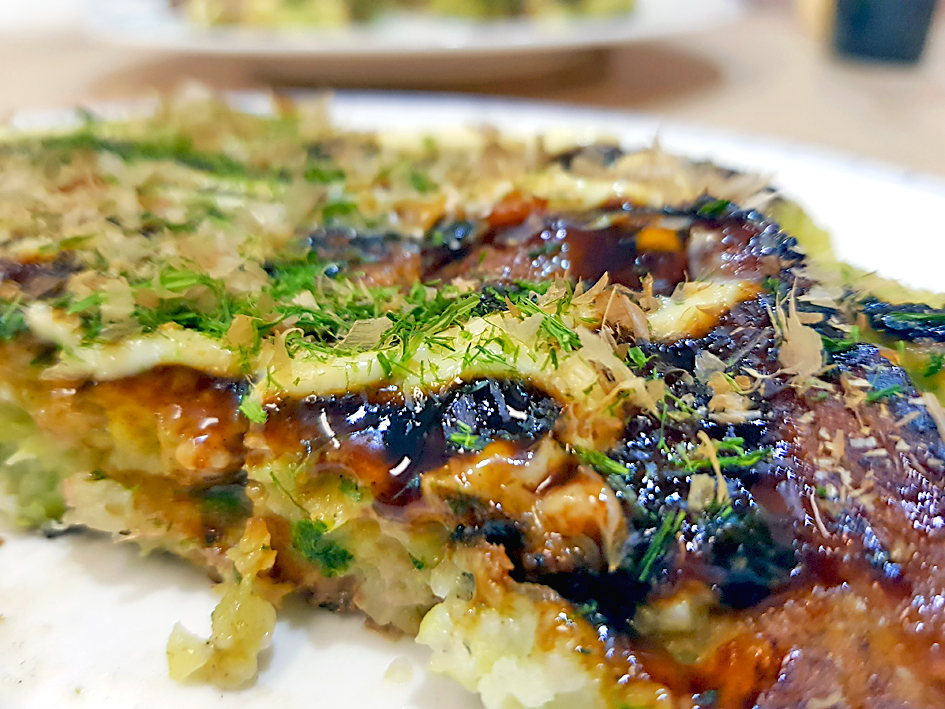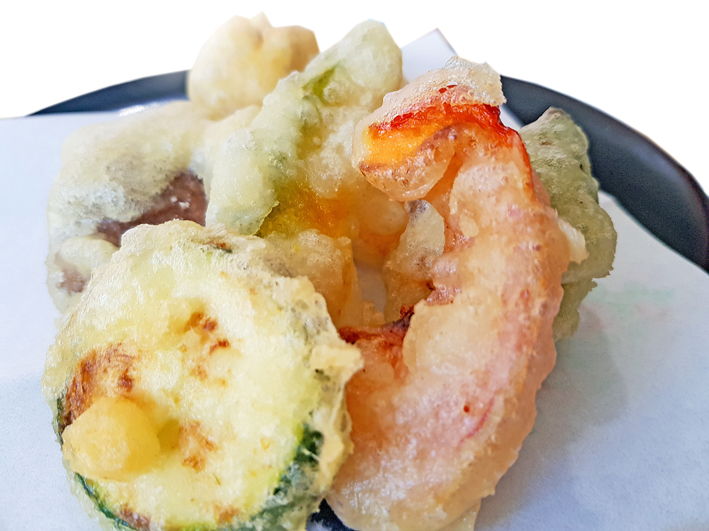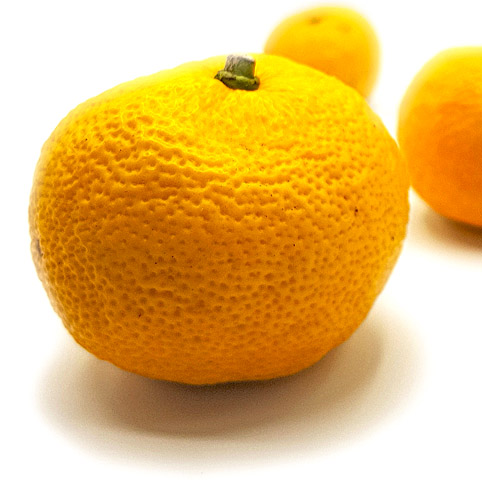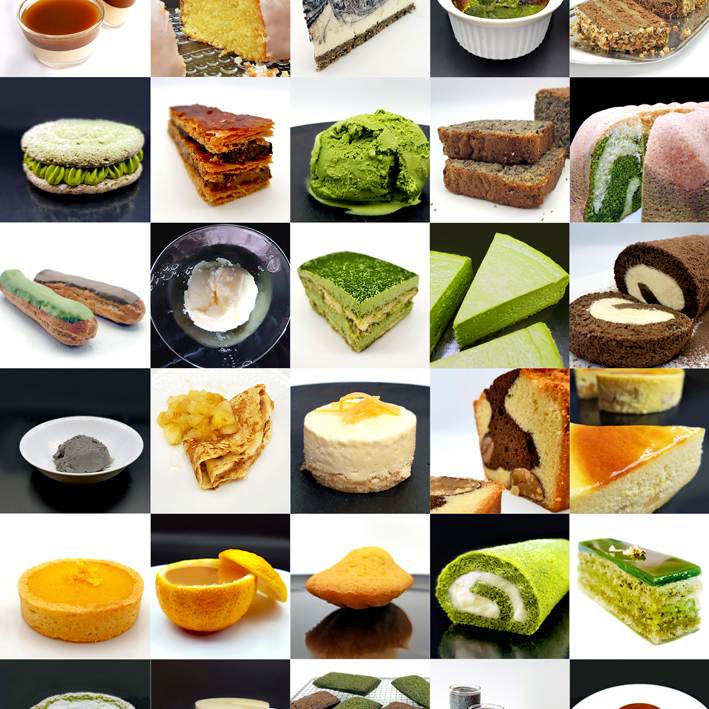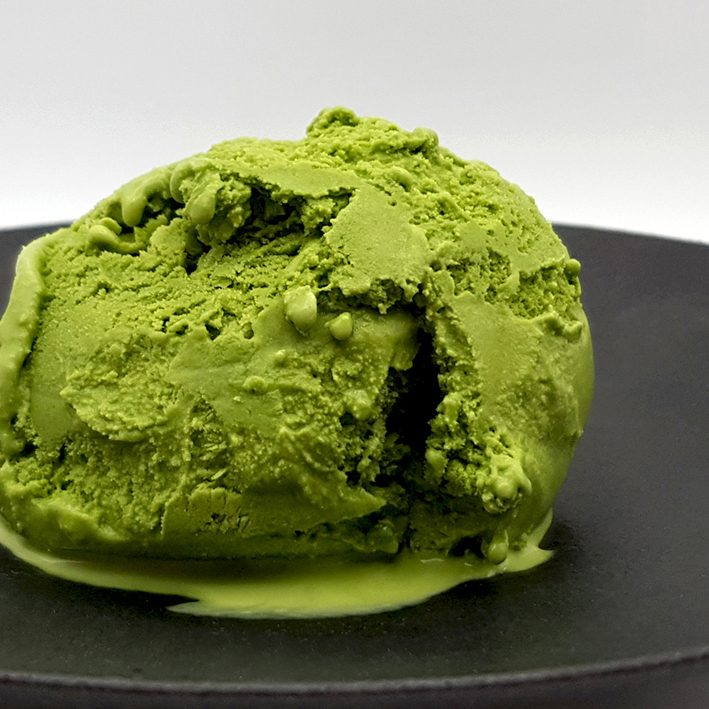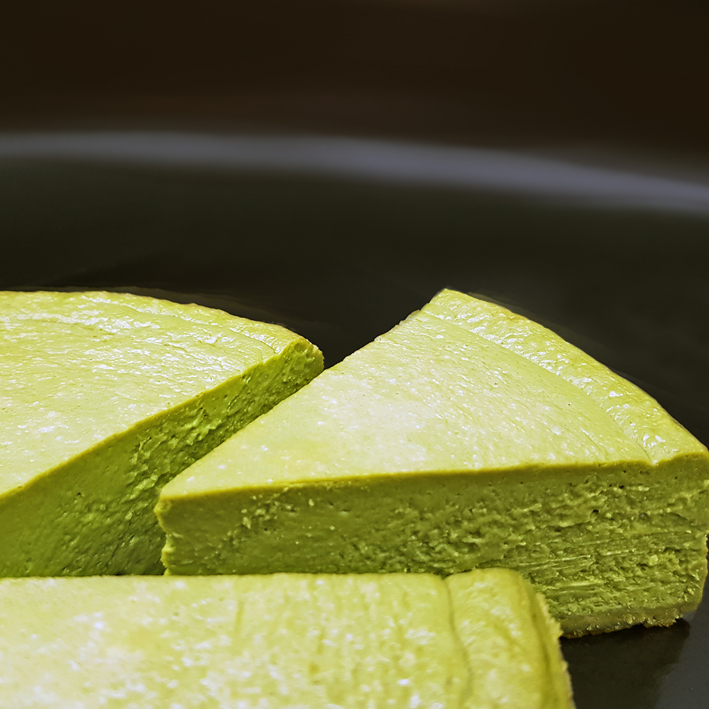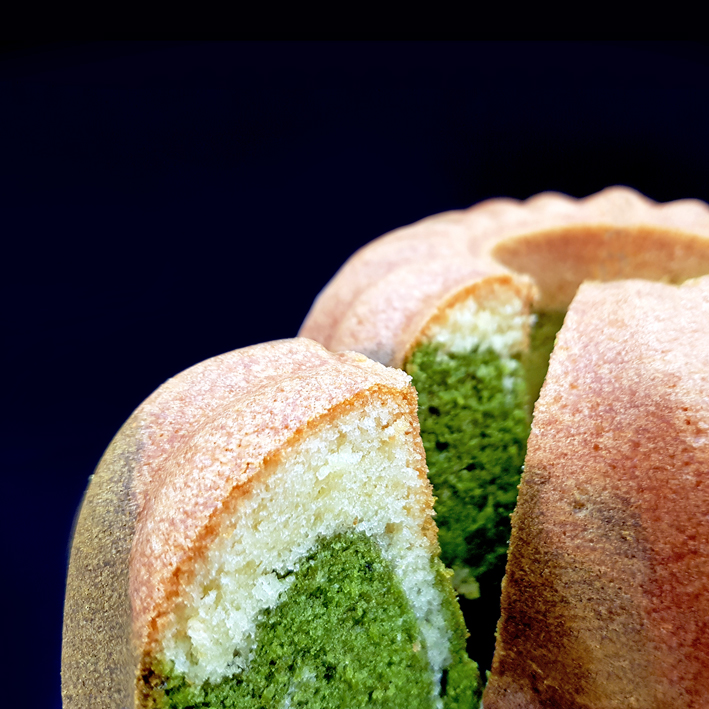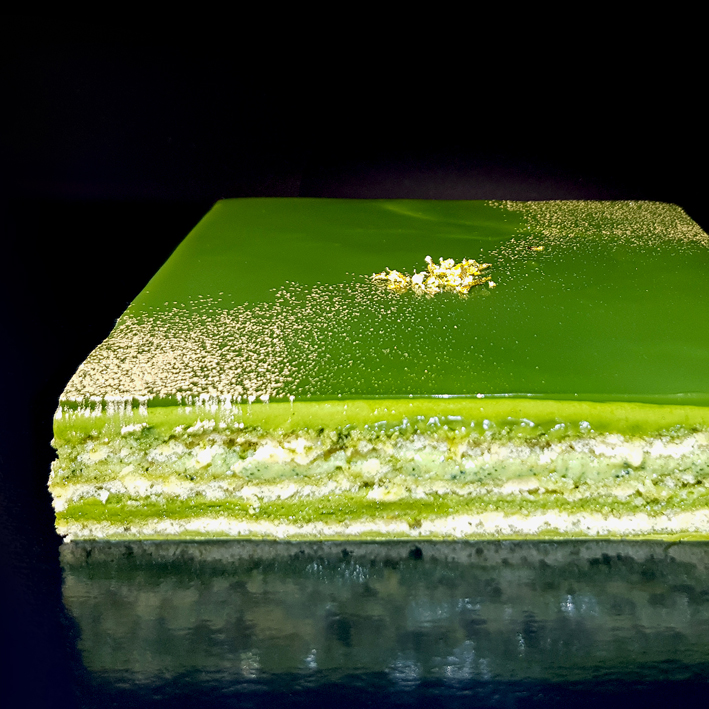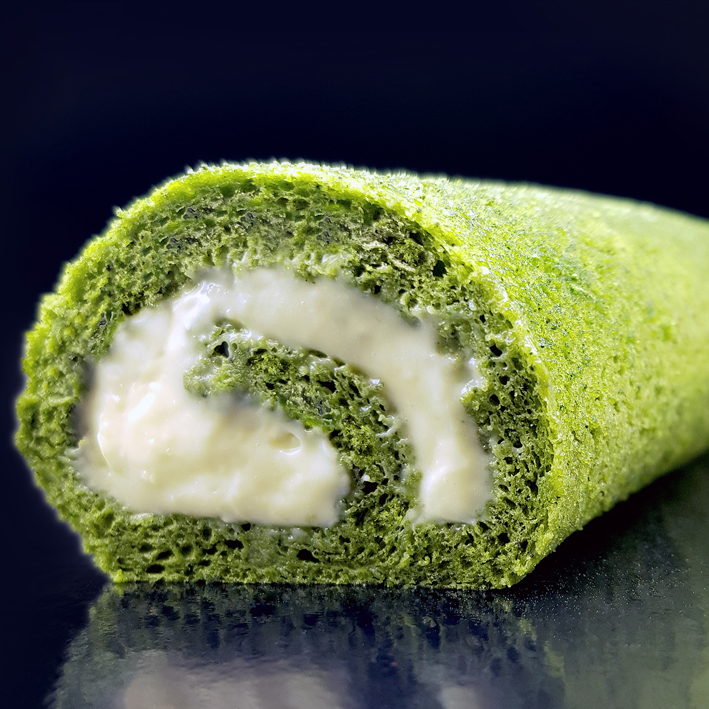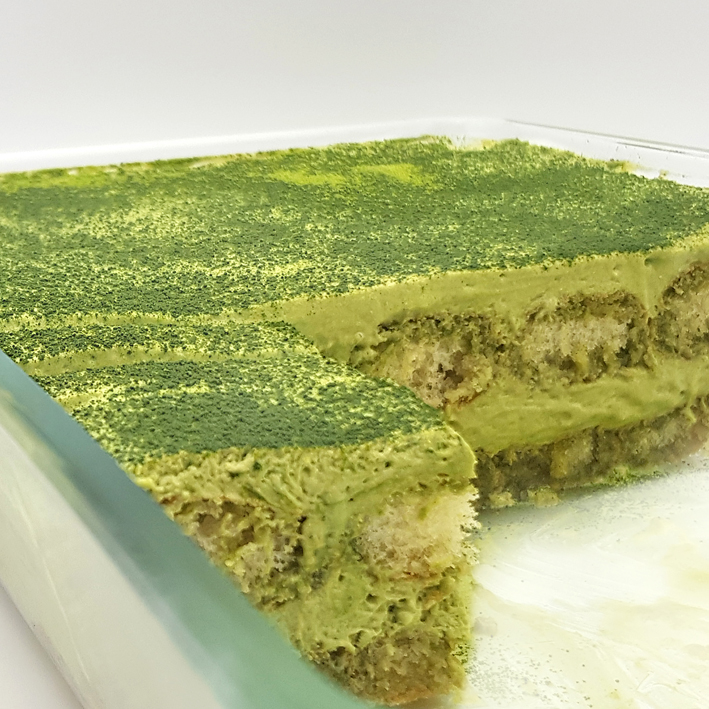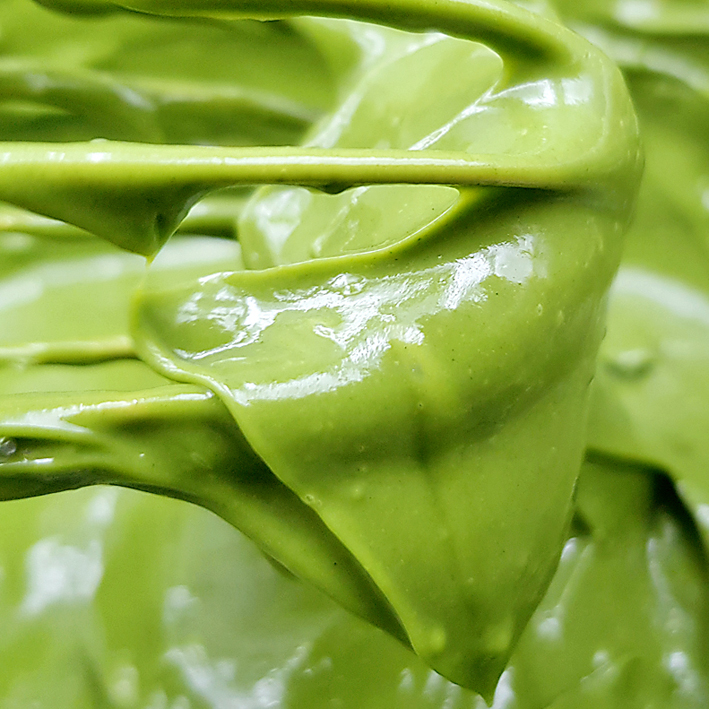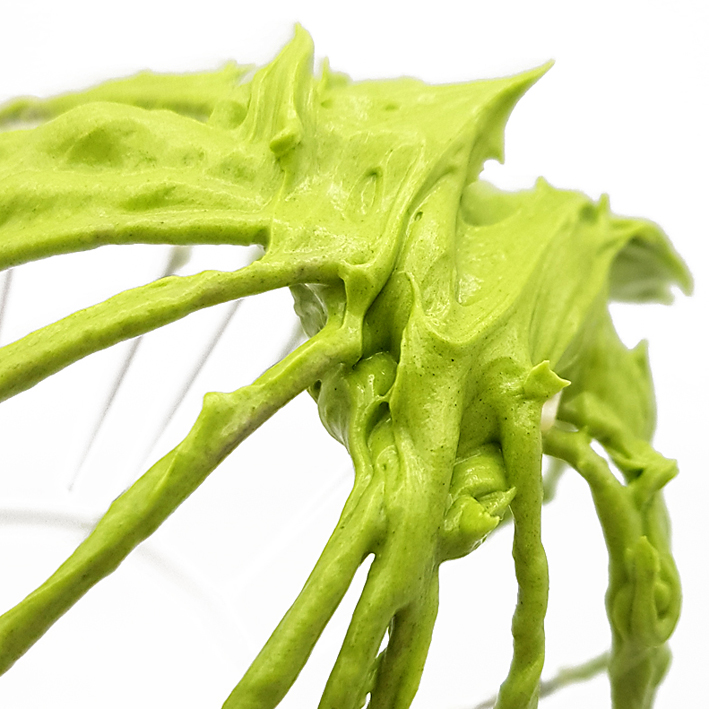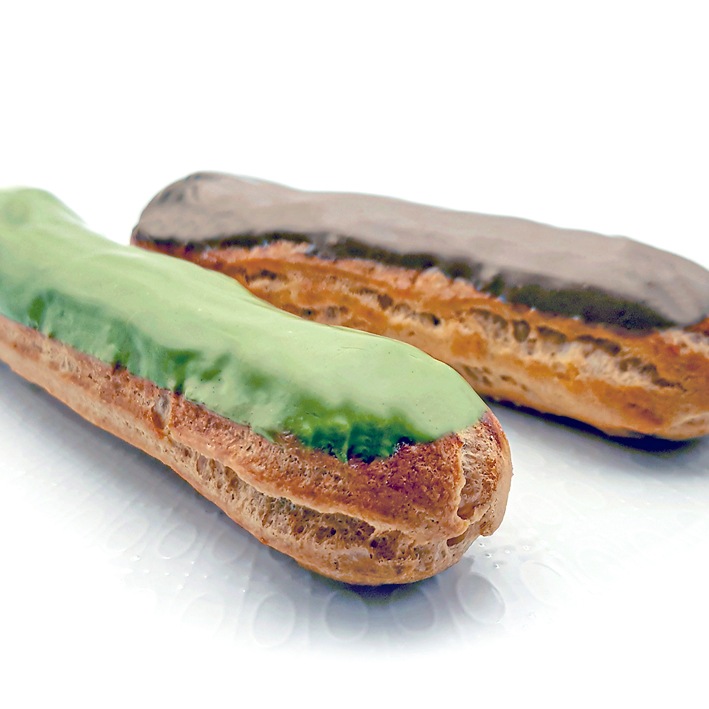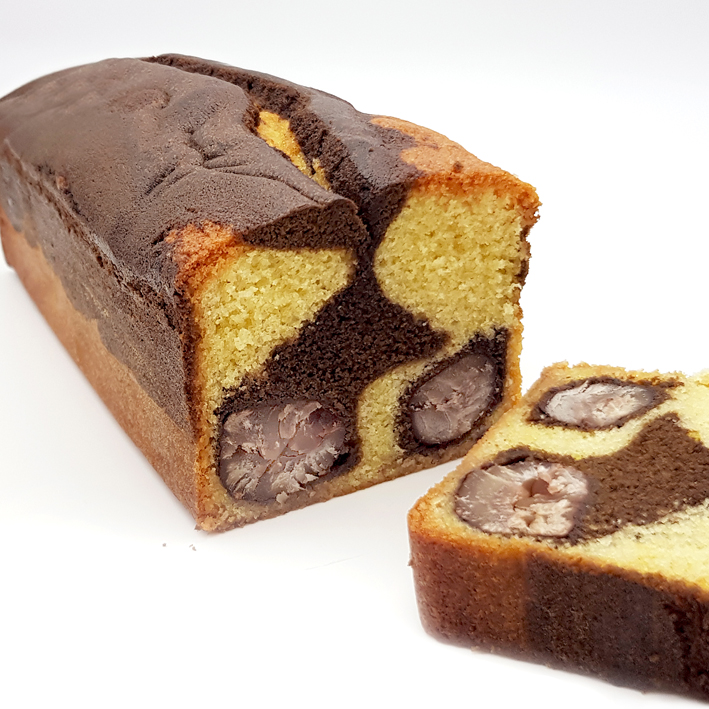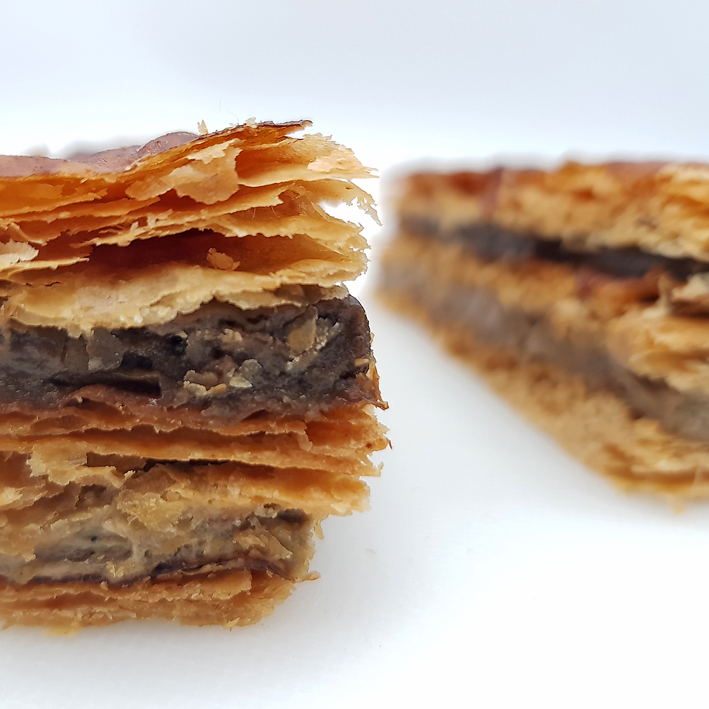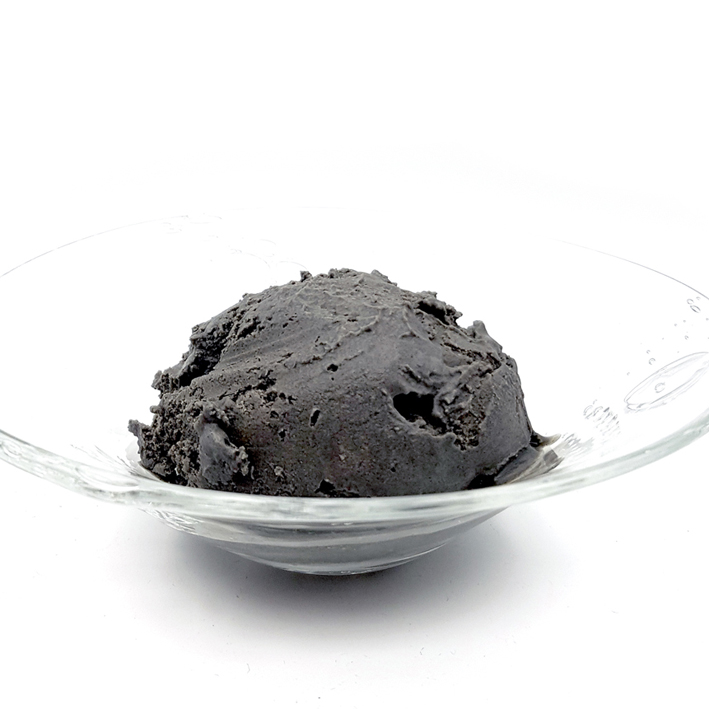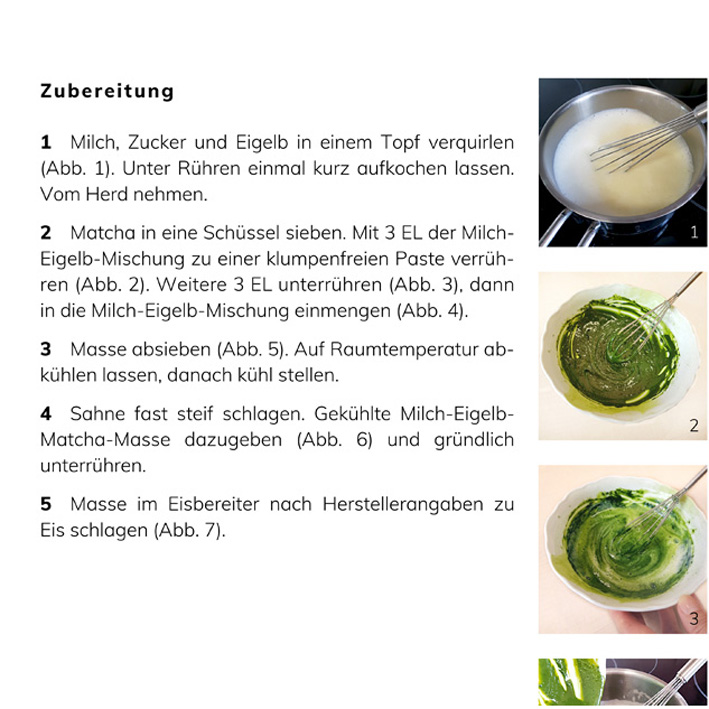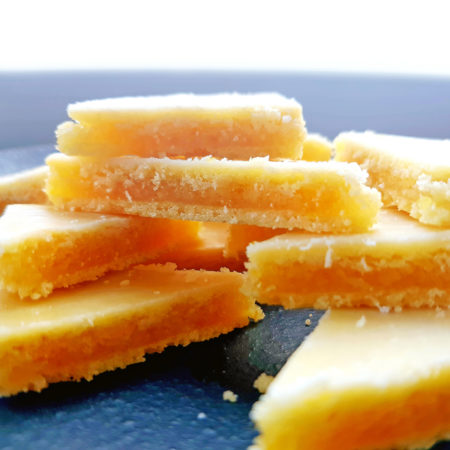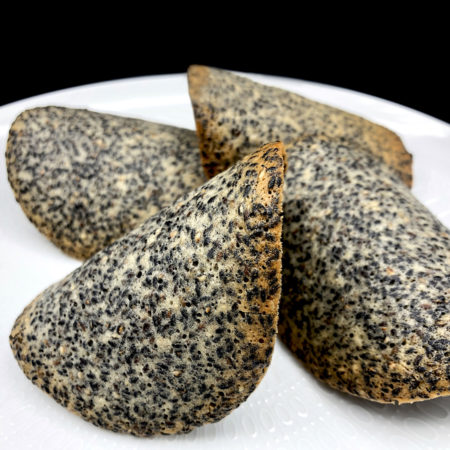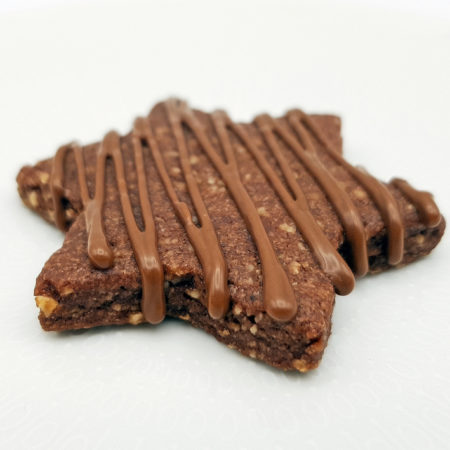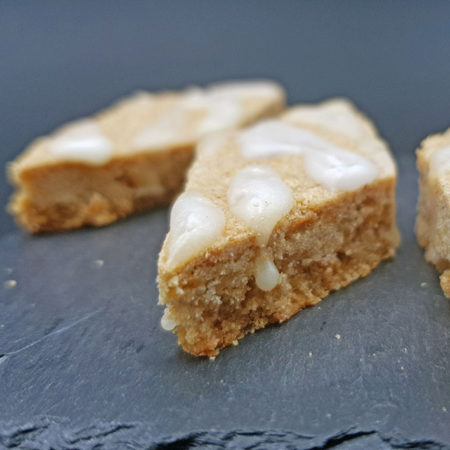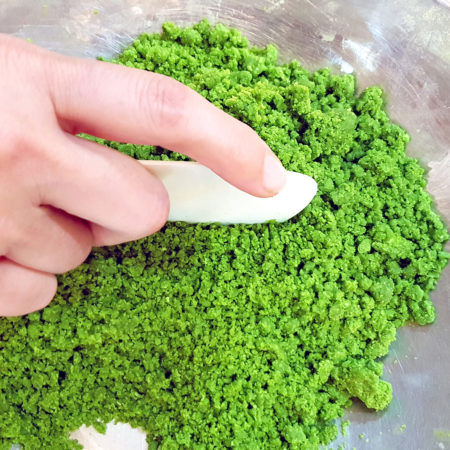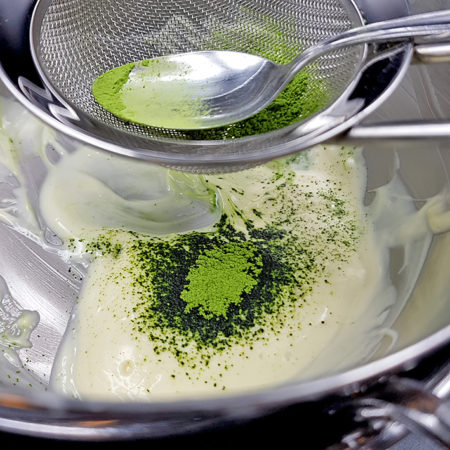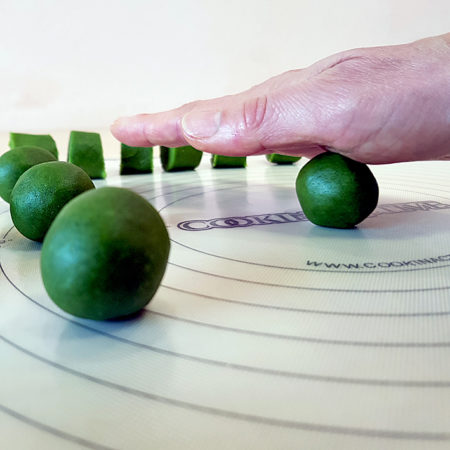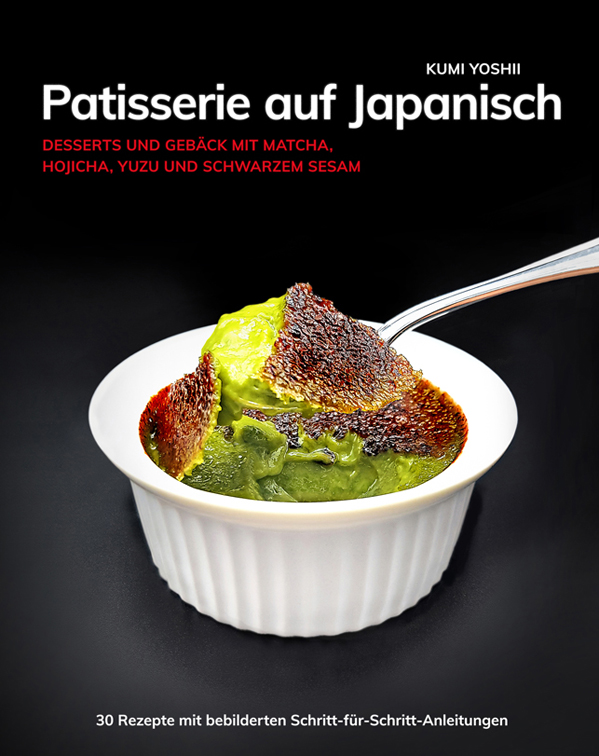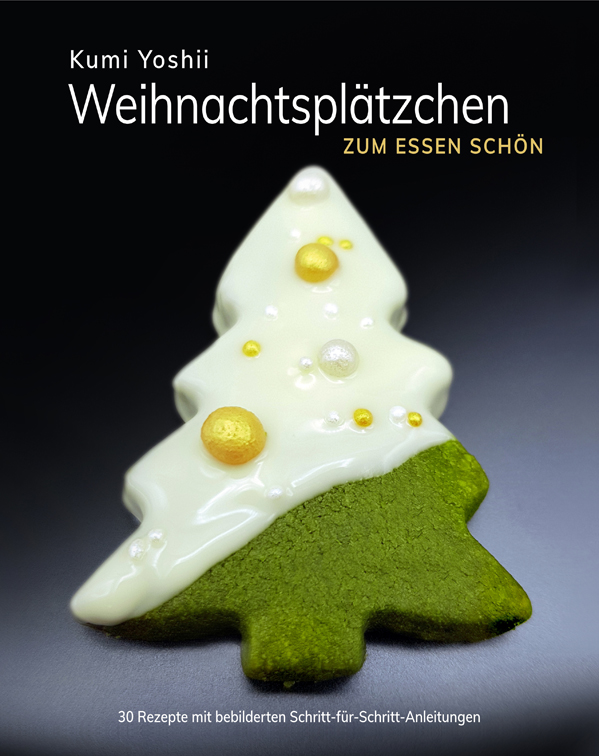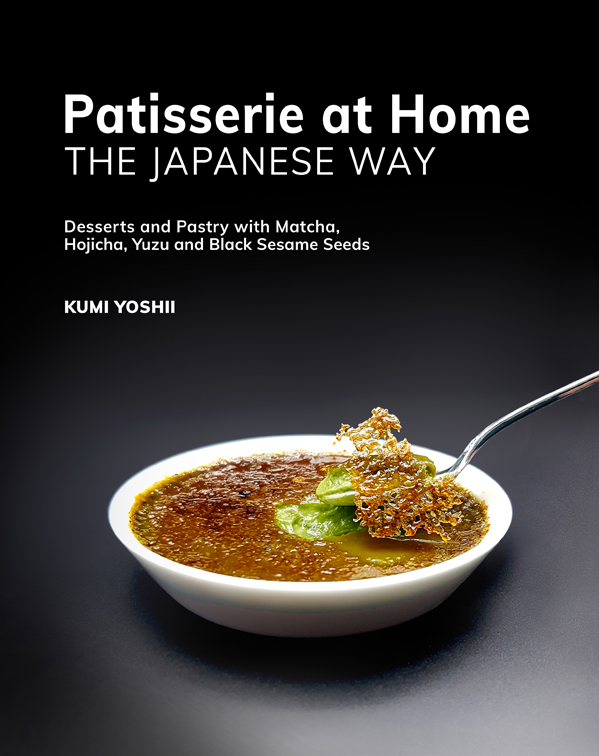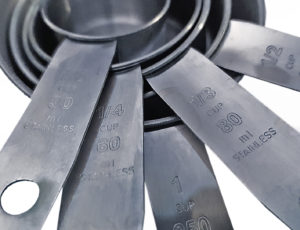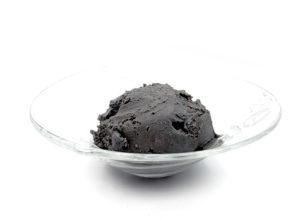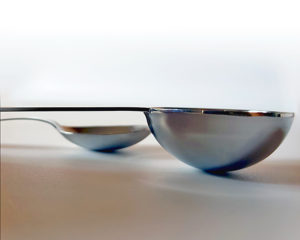When I came to Germany from Japan many years ago, I was immediately fascinated by one German custom in particular: baking Christmas cookies. Since then, not a single autumn and winter has passed in which I did not spend entire days kneading and baking dough and tasting cookies. I both varied traditional recipes and experimented with creating new recipes using Japanese ingredients.
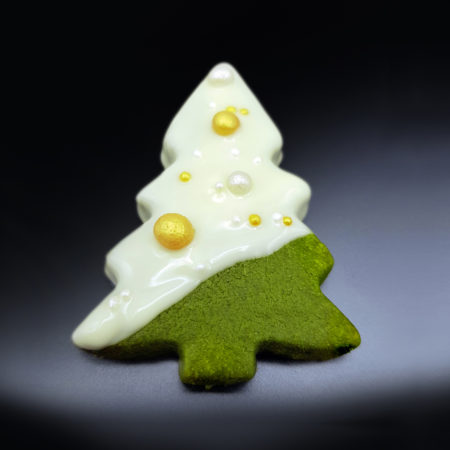
Not only ingredients
How good cookies with Japanese ingredients taste, and how beautiful they look on a cookie platter, surprises many people. Yet, it is not simply the ingredients like matcha, yuzu, or black sesame seeds that make cookies look or taste „Japanese“. Indeed, fifteen of the thirty recipes do without any Japanese ingredient. There are two other aspects that are equally important when preparing beautiful cookies the japanese way. The principle of Simple Taste and the importance of using ingredients of high quality.
Simple Taste
First, whether with Japanese and non-Japanese ingredients, all of the recipes follow the principle of simple taste: bringing out an ingredient in a simple and unadulterated way. For example, cookies using matcha have neither vanilla nor lemon because those ingredients would compete with the aromas of the green tea rather than support them. The principle of simple taste plays a central role in Japanese cuisine: one main ingredient establishes the taste, while all of the other ingredients support it and bring it out harmoniously. It is the art of minimalism applied to the preparation of food.
High quality ingredients
Second, achieving the ideal of the simple taste begins not when baking but already when choosing ingredients, which must be of the highest quality possible.
Simplify work
One aspect of baking and cooking is thinking about simplifying the work process and saving time. „Are there steps or practices that are unnecessary and could be left out?“ – is a constant question that we ask ourselves (a very Japanese attitude it appears to me). Christmas cookies in particular should be beautiful. As decorating them takes time and patience, it is important to waste as little energy as possible on routine activities such as kneading the dough, rolling it out, and cutting the cookies.
The good message is that these activities can be simplified with a few easy tools and methods and that it doesn’t take a lot of time to acquire them. Therefore, in addition to the recipes, I included a section with simple tricks and aids that can reduce your time and labor while making the baking even more enjoyable: Making beautiful cookies should not be difficult! You will be surprised how many mistakes you avoid and how much effort you save in the process.
Availability of „japanese“ ingredients
The ingredients listed in this book can all be purchased outside of Japan: in spice, tea, and health food stores; in Japanese grocery stores; and via the Internet. As the ingredients used in the recipes lend their color to the cookies in a natural way, artificial food coloring is not necessary.
Final notice: For best results, use metric measurements and a digital scale
Although ingredients are given in both metric weight and avoirdupois or volume measurements for all of the recipes in this book, I strongly recommend using the metric measurements as they are more precise. Digital kitchen scales with a readability of 0.1 gram don’t cost a fortune and allow for the accurate weighing of small quantities in particular.
Alle 30 Recipes at a Glance
